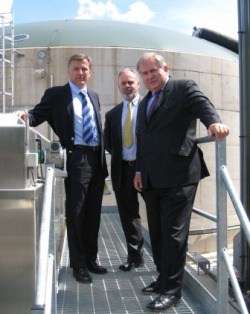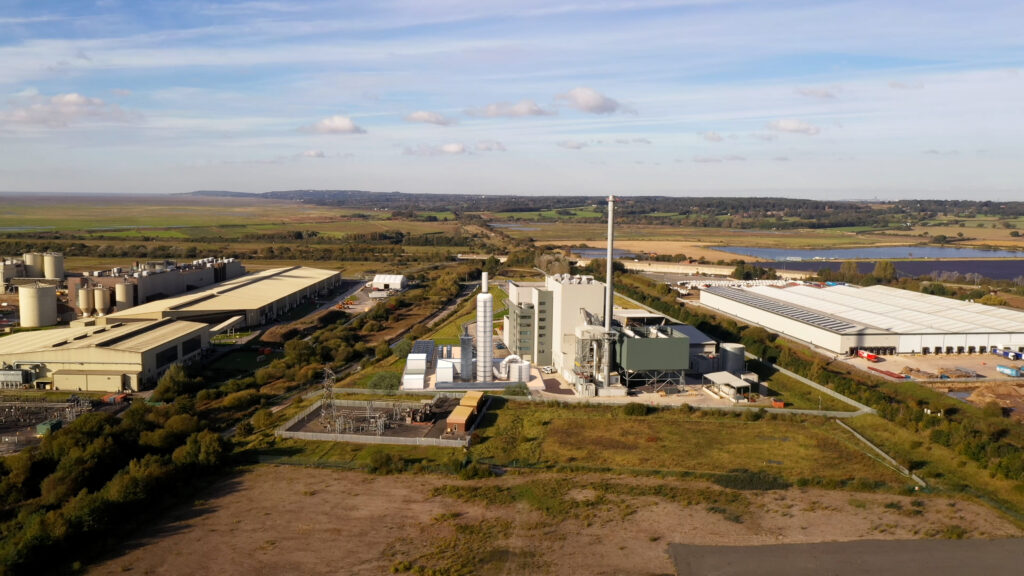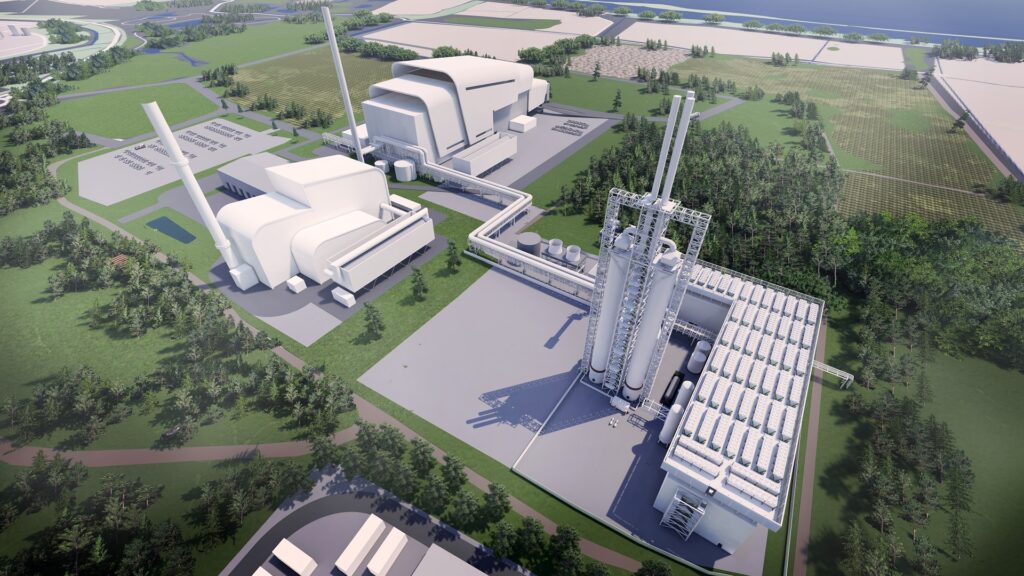A local market for the digestate and the use of heat on-site have been put down as two key factors behind the successful development of an anaerobic digestion plant built alongside the BV Dairy in Dorset which was officially opened yesterday (July 11).
The plant, which received 1.7 million from the AD Demonstration Programme and has been developed with technology by Clearfleau, was opened by Bob Walter, MP for North Dorset. Food waste from the production of cream, milk and fermented dairy products such as soft cheese and yogurt will be recycled in the AD plant.

Speaking about the project at the Anaerobic Digestion and Biogas Association conference last week, BV Dairy technical manager Alan McInnes said: AD and dairy processing are very similar. If you get the design right and control the output, you will be successful. The key for me is the energy production. The digestate has to be an income for the business and you have to use the heat and we can use it on-site.
Marcus Gover, director of the Closed Loop Economy at WRAP, which runs the AD Demonstration Programme, said at the launch that the market, including investors, developers and end users, should be confident of AD as a reliable, safe and profitable resource efficiency process.
He continued: With industry and Defra, WRAP has taken significant steps to de-risk the technology, has developed robust tools to help break down the barriers and facilitated confidence at all stages of the process.
AD is a growing part of the resource efficiency solution, capable of creating renewable energy, and stimulating the green economy and improving the sustainability of commercial agriculture. We really see it as huge opportunity for the UK.
Food waste collections
The development of the BV Dairy AD plant comes at a time when there is much discussion of the future of AD, or at least the future number of plants, partly because the government chose not to push food waste collections by local authorities in its Waste Review.
Speaking to letsrecycle.com, Mr Gover explained today that there remained a number of technological solutions for food waste and that the WRAP-supported projects had a mix of sources as feedstock. He pointed to the opening of the Langage Farm plant last week (see letsrecycle.com story) which takes in household and commercial waste, and said: The most likely way forward, like Langage Farm, is that plants do both.
But, he said that the work of WRAP had confirmed AD as a successful and viable technology for food waste. A lot of our job is to build confidence as a new technology and 11 new AD plants have been built. The technology is now proven in the waste sector and we have 400,000 tonnes of capacity.
Challenges
He identified four challenges to developing plants: the technical risk, feedstock availability, markets for the digestate, and the company behind the project. WRAP, he said, had demonstrated that the technology is there and the technical risks had been overcome.
On the digestate side, noted Mr Gover, the Quality Protocol has been developed to so that digestate is no longer waste. But we also have to show its safe to use and that it grows good carrots. We are testing digestate to show the quality of the crop is good.
In terms of food waste availability, Mr Gover said there were up to 500,000 tonnes of food waste in the household stream and well as 200,000 tonnes in the commercial and hospitality sectors.
Pointing to the new loan fund for AD projects which has been developed by WRAP (see letsrecycle.com story), Mr Gover said that the organisation is helping to lever the whole sector to take off. But in terms of local authority financial developments, he said that in local authorities everyone is under pressure. And, he added that other options for food waste are available including sending material to energy from waste plants and, with green waste, to in-vessel composting units.










Subscribe for free